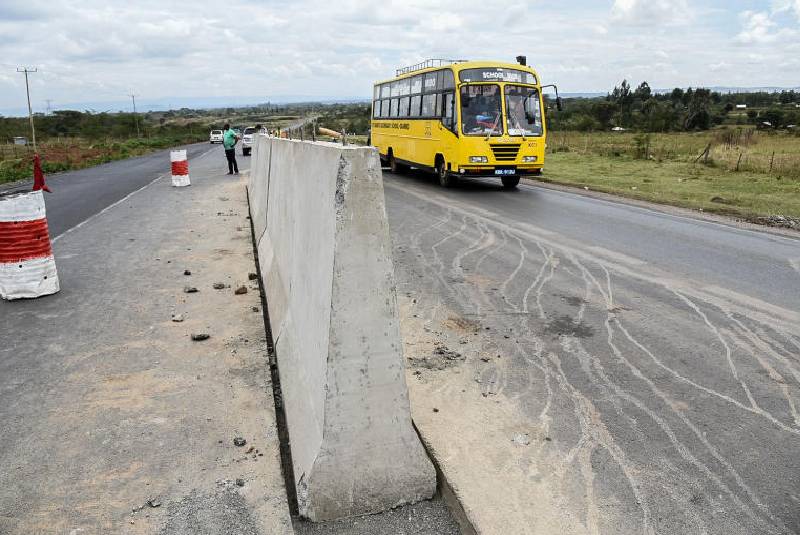×
The Standard e-Paper
Join Thousands Daily

Newly erected concrete barriers at Deloraine Farm near Salgaa on the Nakuru-Eldoret Highway. [Suleiman Mbatiah, Standard]
The dual carriage way under construction between Salgaa and Kibunja junction stretch on the Nakuru-Eldoret highway is taking shape as the area braces to shake-off the black spot tag.